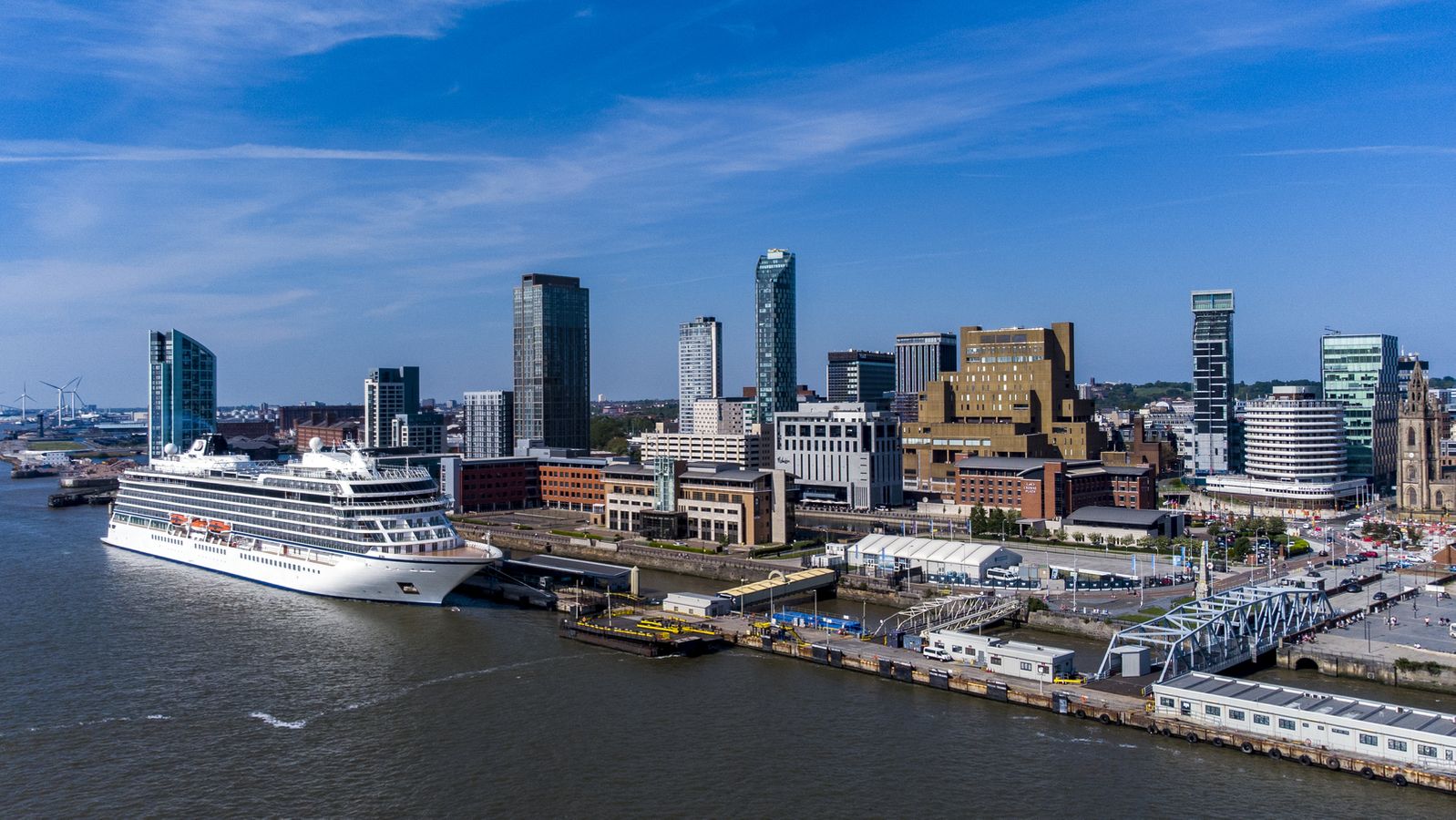The English city of Liverpool is no longer a UNESCO World Heritage Site. This was decided by the responsible committee of the United Nations Educational, Scientific, Cultural and Communication Organization (UNESCO) today at a meeting held in the Chinese city of Fuzhou. It is only the third time in the history of the 1972 World Heritage Convention that the title of a prestigious cultural or natural site has been withdrawn.
The commission sees the universal value of a coastal city that has been damaged by numerous construction projects. Six sites in the historic center and port district of Liverpool have been inscribed on the World Heritage List since 2004. They testify to the city’s development as one of the world’s most important trading centers in the 18th and 19th centuries. Liverpool has been a pioneer in the development of modern berth technology, transportation systems and port management. The city played a major role in the development of the British Empire.
UNESCO: Liverpool has lost its personality
However, its World Heritage status has been at risk since 2012 “due to significant interventions” as part of the Liverpool Waters construction project. In the end, Liverpool’s relinquishment of planning changes and new infrastructure projects in the historic port area as well as the already approved construction of the Bramley-Moore-Dock football stadium removed the title, the United Nations announced. A UNESCO document says Liverpool has long lost the character that led to its designation as a World Heritage site.
In 2009, the Dresden Elbe Valley lost the title
More recently, in 2009, the Dresden Elbe Valley lost its World Heritage title due to the construction of the Waldschlosschen Bridge. The first deletion occurred in 2007 for Oman due to the downsizing of the rare Arabian Oryx Wildlife Sanctuary. Contrary to initial expectations, the Selous Game Reserve in Tanzania, where a dam will be built, has not had its World Heritage status revoked. However, it is still on the list of threatened sites
Australia plays poker at Great Barrier Reef
Meanwhile, Australia is trying to delay the commission’s planned inclusion of the Great Barrier Reef, which is threatened by climate change, on its list of endangered natural sites in order to avoid damaging its image, at least for the time being. To delay Friday’s decision to 2023, Australia submitted an amendment supported by 12 of the committee’s 21 members. The vote is still pending.
As a result of climate change, the Great Barrier Reef off the northeastern coast of Australia is becoming threatened by warm waters and coral bleaching. The world’s largest coral reef stretches over 340,000 square kilometers and can be seen with the naked eye from space. UNESCO has urged Australia, the coal country, to take action against climate change. It is also about the quality of the water. The long-term prospects for natural wonders have changed from “bad” to “very bad”.
Five German applicants hope for a title
Among the approximately 40 nominations for new World Heritage sites at the conference, there are also five applications with German participation: the artists’ colony Mathildenhöhe in Darmstadt, Jewish Cultural Heritage in Mainz, Speyer and Worms, spas in Baden-Baden, Bad Ems and Bad Kissingen as part of the baths Important historical sites in Europe as well as the Roman walls bordering the Danube River, Limez and Lower Germany. These requests will be discussed starting next weekend.
The World Heritage Committee will meet online and on site until July 31. It is made up of 21 elected signatories to the World Heritage Convention. As a rule, it annually decides on the inclusion of new cultural and natural sites in the World Heritage List and deals with the status of the inscribed sites. Due to the pandemic, the conference was postponed last year. The World Heritage List currently includes 1,120 cultural and natural sites in 167 countries. 51 of them are considered threatened. Germany has 46 World Heritage sites.

Communicator. Reader. Hipster-friendly introvert. General zombie specialist. Tv trailblazer

